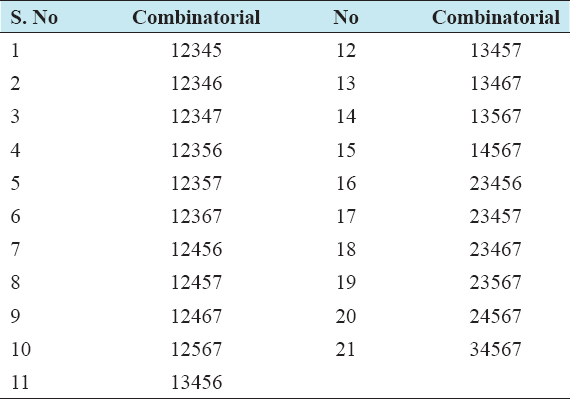A New Approach to Listing Combinatorial Algorithm of Cnr
Nguyen Dinh Lau*
Department of Information Technology, University of Education and Science, University of Da Nang, Da Nang, Vietnam
ABSTRACT
This paper aims at constructing listing combinatorial Algorithms of Cnr. Cnr is replaced by Cnr. This is the most common and appealing problem in discrete maths. The Cnr listing combinatorial problem is solved by exploiting many different techniques: Using generation and backtracking. The most possible complexity is O(r.Cnr). In this new approach, an attempt was made to find the subset of k elements in the set of m elements. The main content in the paper is based on the generation combinatorial algorithm of a smaller set. This will reduce the computation time as compared to the initial set n and r.
Keywords: Listing, Combinatorial, Generation, Algorithms, Subsets


